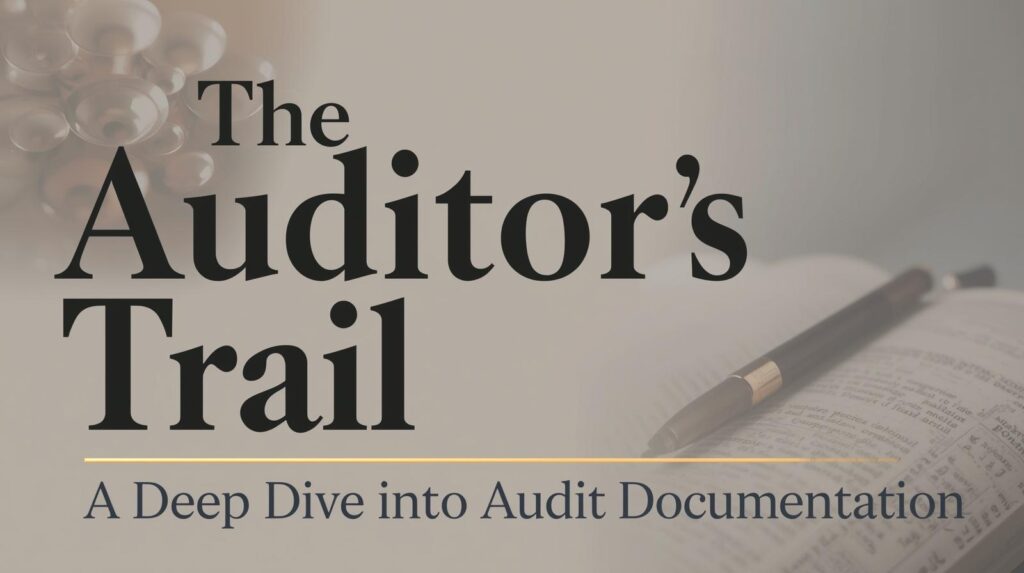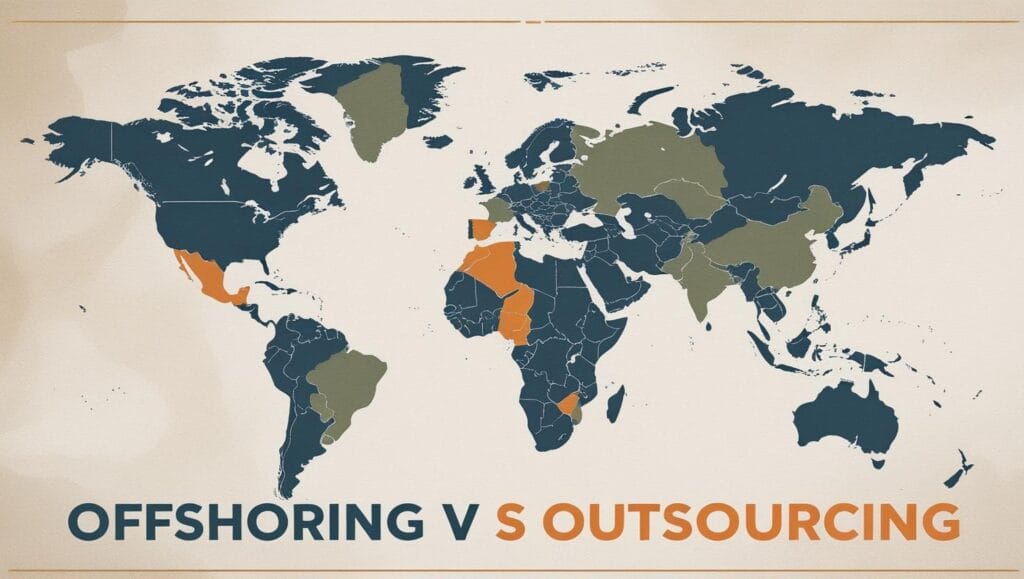An Accountant’s Guide to Every Transaction in a Bank Reconciliation
A bank reconciliation can feel like a puzzle. You have two pictures of your cash—one from your books and one from the bank—and they don’t match. The “pieces” of this puzzle are the transactions that cause the differences. Once you can identify and categorize every piece, the puzzle solves itself.
In my experience as a financial consultant, mastering these specific transaction types is the true key to unlocking fast and accurate reconciliations. This guide will serve as your definitive reference for every item you will encounter. We’ll explore what they are, why they happen, and exactly how to handle them.
Disclaimer: This guide provides standard accounting definitions and procedures for informational purposes. It is not a substitute for professional financial advice. Always consult with a qualified accountant for guidance specific to your business needs.
The Two “Buckets” of Reconciling Items
Every difference between your books and the bank statement falls into one of two simple categories:
- Timing Differences: Items you have correctly recorded, but the bank hasn’t processed yet. Your books are right, the bank is just a step behind.
- Omissions or Errors: Items the bank has correctly recorded, but you have missed in your books. The bank is right, and your books need updating.
Let’s break down the specific transactions in each bucket.
Bucket 1: Timing Differences (Recorded in Books, Not Yet on Bank Statement)
These items are used to adjust the Bank Balance on your reconciliation statement. You do NOT make any new entries in your own books for these.
➡️ Deposits in Transit
What it is: Cash or checks that you have received from customers, recorded in your cash book, and deposited, but they have not yet been processed and credited to your account by the bank. This often happens with deposits made late in the day or over a weekend.
How to handle it: On the reconciliation statement, you **ADD** deposits in transit to the cash balance per the bank.
➡️ Outstanding Checks
What it is: Checks that you have written to suppliers, employees, or other payees and have recorded in your cash book, but the payee has not yet deposited or cashed the check. The money has not yet been debited from your bank account.
How to handle it: On the reconciliation statement, you **SUBTRACT** all outstanding checks from the cash balance per the bank.
Bucket 2: Omissions (On Bank Statement, Not Yet in Books)
These are items you discover on the bank statement. You must first record them in your cash book to update your records, which will give you the “Adjusted Book Balance.”
➡️ Bank Service Charges
What it is: Fees charged by the bank for account maintenance, wire transfers, overdraft fees, or check printing. The bank deducts these directly from your account.
How to handle it: Record a journal entry to **SUBTRACT** the service charges from your cash book balance, typically by debiting a “Bank Fees Expense” account.
➡️ Interest Earned
What it is: If you have an interest-bearing checking account, the bank will periodically deposit interest earned directly into your account.
How to handle it: Record a journal entry to **ADD** the interest to your cash book balance, crediting an “Interest Income” account.
➡️ NSF (Non-Sufficient Funds) Checks
What it is: A check from a customer that you deposited, but it “bounced” because the customer did not have enough funds. The bank will have initially credited your account, but will then reverse the deposit and often charge a fee.
How to handle it: Record a journal entry to **SUBTRACT** the amount of the bounced check from your cash book balance. You must also re-activate the accounts receivable for that customer, as they still owe you the money.
➡️ Bank Collections (Notes Receivable)
What it is: A less common transaction where you might have the bank act as a collection agent for a customer’s promissory note. When the customer pays the bank, the bank deposits the funds (minus a fee) into your account.
How to handle it: Record a journal entry to **ADD** the collected amount (net of any fees) to your cash book balance and reduce the Notes Receivable balance.
➡️ Automatic Payments & Debits
What it is: Pre-authorized payments that are automatically deducted from your bank account, such as loan payments, insurance premiums, or recurring software subscriptions.
How to handle it: Record a journal entry to **SUBTRACT** the payment from your cash book balance, debiting the appropriate expense or liability account (e.g., Loan Payable, Insurance Expense).
Summary of Reconciling Items
Here is a quick-reference table summarizing how to handle each transaction type.
| Transaction Item | Where It Appears First | Action on Reconciliation |
|---|---|---|
| Deposits in Transit | Your Books | ADD to Bank Balance |
| Outstanding Checks | Your Books | SUBTRACT from Bank Balance |
| Bank Service Charges | Bank Statement | SUBTRACT from Book Balance (Record Expense) |
| Interest Earned | Bank Statement | ADD to Book Balance (Record Income) |
| NSF Check | Bank Statement | SUBTRACT from Book Balance (Reinstate A/R) |
| Bank Collections | Bank Statement | ADD to Book Balance (Reduce Note Receivable) |
| Automatic Payments | Bank Statement | SUBTRACT from Book Balance (Record Expense/Payment) |
Conclusion: Turning Confusion into Clarity
Understanding these specific reconciling items demystifies the entire bank reconciliation process. Instead of seeing a confusing list of numbers, you can now see a clear story of timing differences and simple bookkeeping updates. By mastering these definitions, you’ve moved from simply following steps to truly understanding the financial health of your business. ✅

